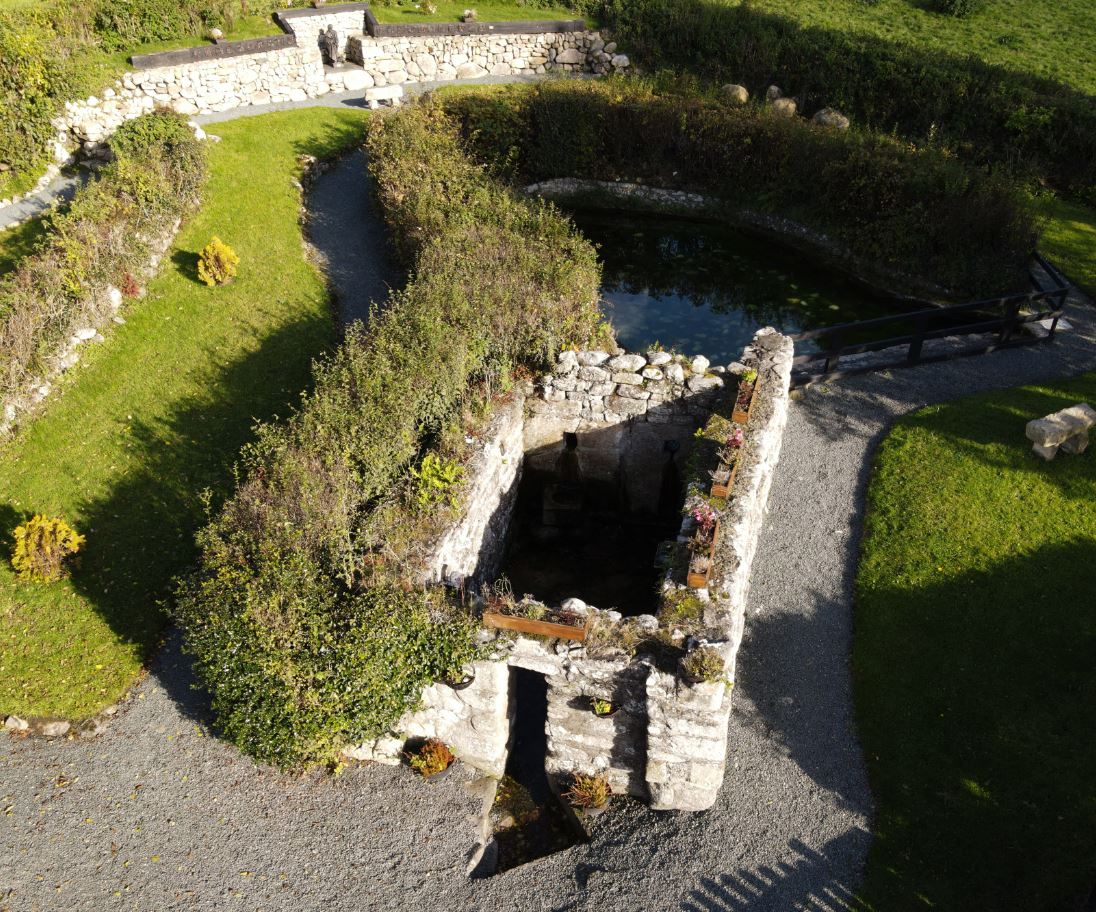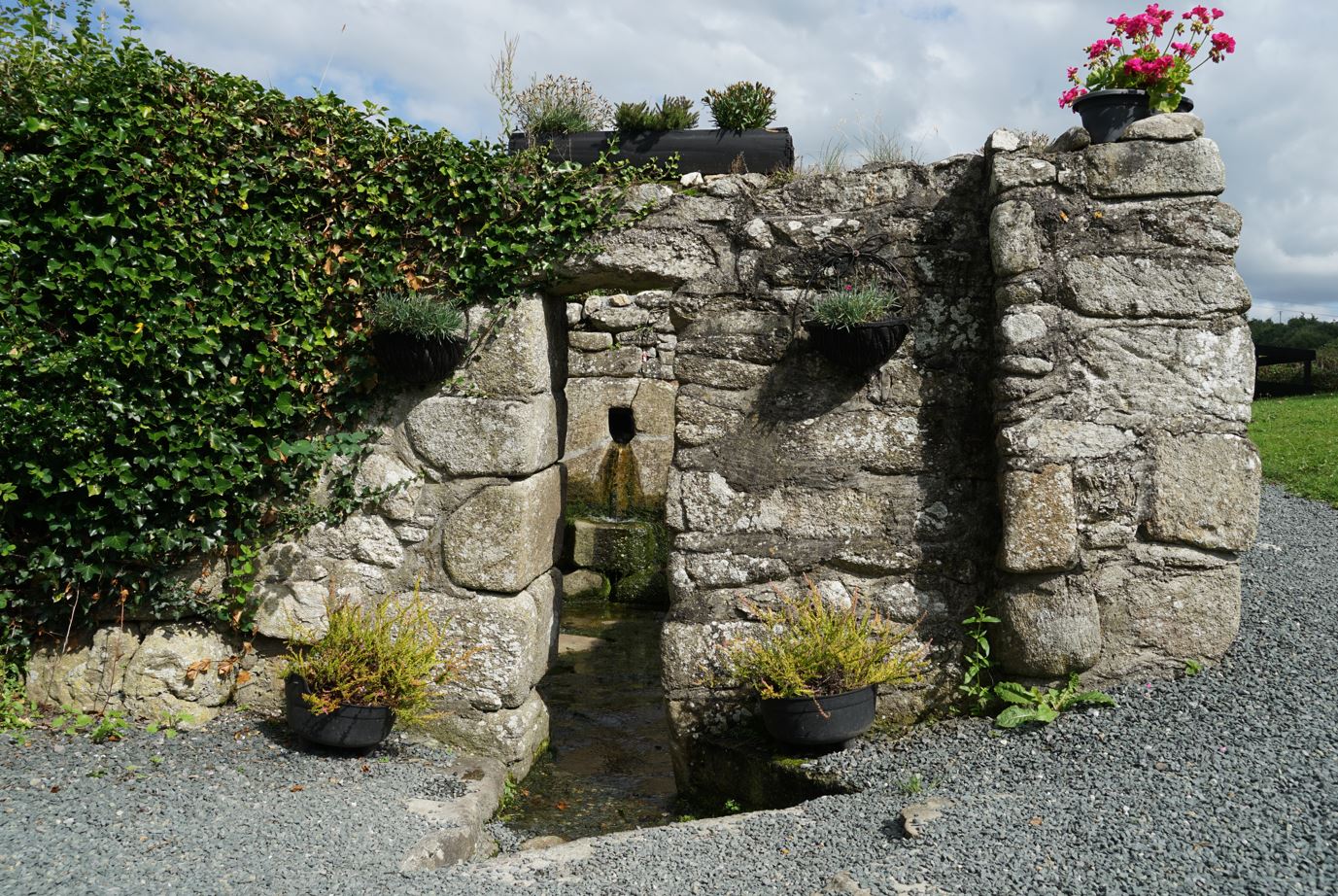1348 - the Black Death arrives in Ireland
In 1329, bishop Richard Ledrede
had fled Kilkenny and Ireland, living in exile at the papal court at Avignon. He finally returned to Kilkenny and St Canice’s cathedral in September 1347. The timing of his return was fortuitous. A few weeks later, a terrible plague arrived in Europe, brought from the east by Genoese traders. Carried by fleas on rats, the disease spread swiftly across Europe. By June 1348, it was reported that the plague had claimed 50,000 victims in the papal city of Avignon, and the pope had consecrated a new cemetery to accommodate the dead. By now, the plague had reached Ireland. Referred to in contemporary sources as the Great Pestilence, it would become later known as the Black Death.
There are few descriptions of the Black Death in the Irish records, but one account is very vivid and was documented by John Clyn, a friar from the Franciscan Friary in Kilkenny. Friar Clyn wrote that:
‘those who touched the dead or persons sick of the plague were straightway infected themselves and died, so that the confessor and his penitent were carried to the same grave. And from very fear and horror men were seldom brace enough to perform the works of piety and mercy, such as visiting the sick and burying the dead. For many died from boils and ulcers and running sores which grew on the legs and beneath the arm-pits, whilst others spat blood.’
It is clear from the symptoms described by Friar Clyn that both the bubonic and pneumonic strains of the plague (which attack the lymphatic system and the lungs respectively) were present in Ireland.
Dublin and Drogheda were two of the busiest ports in Ireland during this period, and it was here that the plaque first arrived on rat infested ships. According to Friar Clyn, both port towns were particularly hard hit, and it is estimated that in Dublin alone, over 14,000 people died between August and Christmas in 1348. Among the dead were twenty-three of Clyn’s fellow Franciscan friars in Dublin, while in Drogheda a further twenty-five friars died. Soon the plague had spread well beyond the port towns, deep into the rural agricultural heartlands of the colony. By the end of the year it had reached Kildare, Meath and Kilkenny.
Friar Clyn wrote that, between September and October 1348, thousands of pilgrims came to St Mullins Well in St Mullins, Co. Carlow:
‘bishops, and other ecclesiastical and religious prelates, noble-men and others came from diverse parts of Ireland to the pilgrimage and wading in the water of Teach-Molinge, in such crowds and so great a multitude that you might see many thousands of men come together there during many days: some came from the affection of devotion, but others (and they were the greater number) came from fear of the plague which was then at its greatest height.’
Ironically, the nearby River Barrow was probably one of the main routeways that brought the plague from the port towns at New Ross and Waterford deep into the Irish midlands. By Christmas, the plague had reached Friar Clyn’s hometown of Kilkenny. Over the subsequent months it was rife in the town and he wrote that ‘there was scarcely a house in which only one died’. In one day in March, eight Dominican friars died in the Priory founded by William Marshal the Younger
in 1225. The nearby Franciscan Friary, founded by Richard Marshal
around 1232, suffered a similar fate. It was here that Friar Clyn wrote his account of the Black Death. Before Easter 1349 he wrote:
‘I leave parchment to carry on the work if, by chance, in the future a man should remain surviving, and anyone of the race of Adam may be able to escape this plague and continue this work’.
His work does indeed stop suddenly in June, leaving no doubt that the friar had become another victim of the Great Pestilence.
With the friar’s quill silent, the impact of the plague over the following years is less clear. The records only provide fleeting glimpses of the plague in the southern port towns of New Ross, Waterford and Youghal, yet these must have been affected as much as Dublin and Drogheda. It has often been assumed that the largely Gaelic areas of Connaught and Ulster, with a predominantly rural population and little in the way of significant ports and urban areas, was spared the worst effects of the Black Death. However, this is far from certain.
The Black Death of 1348 has become infamous throughout Europe, but this was simply one of many similar pandemics to effect late medieval society. Particularly in Ireland, the historical documents from this period rarely record these types of events. Indeed, without the account provided by Friar Clyn of Kilkenny, we might today assume that Ireland had escaped the worst effects of the Black Death. His accounts leave us in no doubt that here, as in the rest of Europe, the plague had a devastating and traumatising impact.



